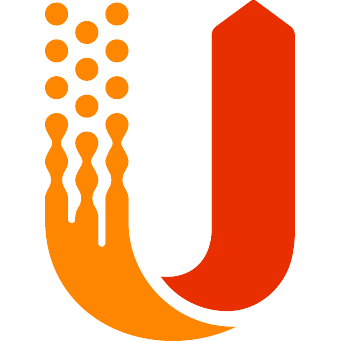Chatling and UserVoice integration
Save yourself the work of writing custom integrations for Chatling and UserVoice and use n8n instead. Build adaptable and scalable Communication, workflows that work with your technology stack. All within a building experience you will love.


How to connect Chatling and UserVoice
Create a new workflow and add the first step
In n8n, click the "Add workflow" button in the Workflows tab to create a new workflow. Add the starting point – a trigger on when your workflow should run: an app event, a schedule, a webhook call, another workflow, an AI chat, or a manual trigger. Sometimes, the HTTP Request node might already serve as your starting point.
Build your own Chatling and UserVoice integration
Create custom Chatling and UserVoice workflows by choosing triggers and actions. Nodes come with global operations and settings, as well as app-specific parameters that can be configured. You can also use the HTTP Request node to query data from any app or service with a REST API.
Supported API Endpoints for Chatling
List chatbot templates
Get a list of all the available chatbot templates.
Create chatbot
Create a new chatbot.
List chatbots
Get a list of all existing chatbots.
Retrieve chatbot
Retrieve details of a specific chatbot.
Update chatbot settings
Update settings for a specific chatbot.
List contacts
Get a list of all contacts.
Retrieve contact
Retrieve details of a specific contact.
Delete contact
Delete a specific contact.
Delete contact
Delete a specific contact from the project.
List conversations
Get a list of all conversations.
Retrieve conversation
Retrieve details of a specific conversation.
List data sources
Get a list of all data sources in the knowledge base.
List settings
Retrieve a list of project settings.
Update settings
Update the project settings.
List members
Retrieve a list of project members.
List AI models
Retrieve a list of available AI models.
List AI languages
Retrieve a list of supported AI languages.
Chat
Send a chat request to the AI service.
Add link
Add a link to the knowledge base.
Add text
Add text to the knowledge base.
To set up Chatling integration, add the HTTP Request node to your workflow canvas and authenticate it using a generic authentication method. The HTTP Request node makes custom API calls to Chatling to query the data you need using the API endpoint URLs you provide.
See the example hereThese API endpoints were generated using n8n
n8n AI workflow transforms web scraping into an intelligent, AI-powered knowledge extraction system that uses vector embeddings to semantically analyze, chunk, store, and retrieve the most relevant API documentation from web pages. Remember to check the Chatling official documentation to get a full list of all API endpoints and verify the scraped ones!
Supported API Endpoints for UserVoice
Create suggestion
Create a new suggestion in the UserVoice Admin API.
List suggestions
Retrieve a list of suggestions with optional sorting.
Paginate suggestions
Paginate through suggestions using a cursor for the next set of results.
List admin suggestions
Retrieve a list of admin suggestions with optional sorting.
Paginate admin suggestions
Retrieve the next page of admin suggestions based on pagination.
Update suggestion
Links a file to an existing suggestion using the attachment token.
Create attachment
Uploads a file and returns a token to link it to a suggestion later.
Find attachment
Retrieves a previously uploaded attachment using its ID.
Create note
Creates a note linked with an attachment token.
Get authorization code
Request an authorization code for user authentication.
Post to obtain token
Submit a post request to obtain a bearer token using the authorization code.
Get current user
Retrieve the current authenticated user from UserVoice API.
To set up UserVoice integration, add the HTTP Request node to your workflow canvas and authenticate it using a generic authentication method. The HTTP Request node makes custom API calls to UserVoice to query the data you need using the API endpoint URLs you provide.
See the example hereThese API endpoints were generated using n8n
n8n AI workflow transforms web scraping into an intelligent, AI-powered knowledge extraction system that uses vector embeddings to semantically analyze, chunk, store, and retrieve the most relevant API documentation from web pages. Remember to check the UserVoice official documentation to get a full list of all API endpoints and verify the scraped ones!
Chatling and UserVoice integration details
FAQ
Can Chatling connect with UserVoice?
Can I use Chatling’s API with n8n?
Can I use UserVoice’s API with n8n?
Is n8n secure for integrating Chatling and UserVoice?
How to get started with Chatling and UserVoice integration in n8n.io?
Looking to integrate Chatling and UserVoice in your company?
The world's most popular workflow automation platform for technical teams including
Why use n8n to integrate Chatling with UserVoice
Build complex workflows, really fast


